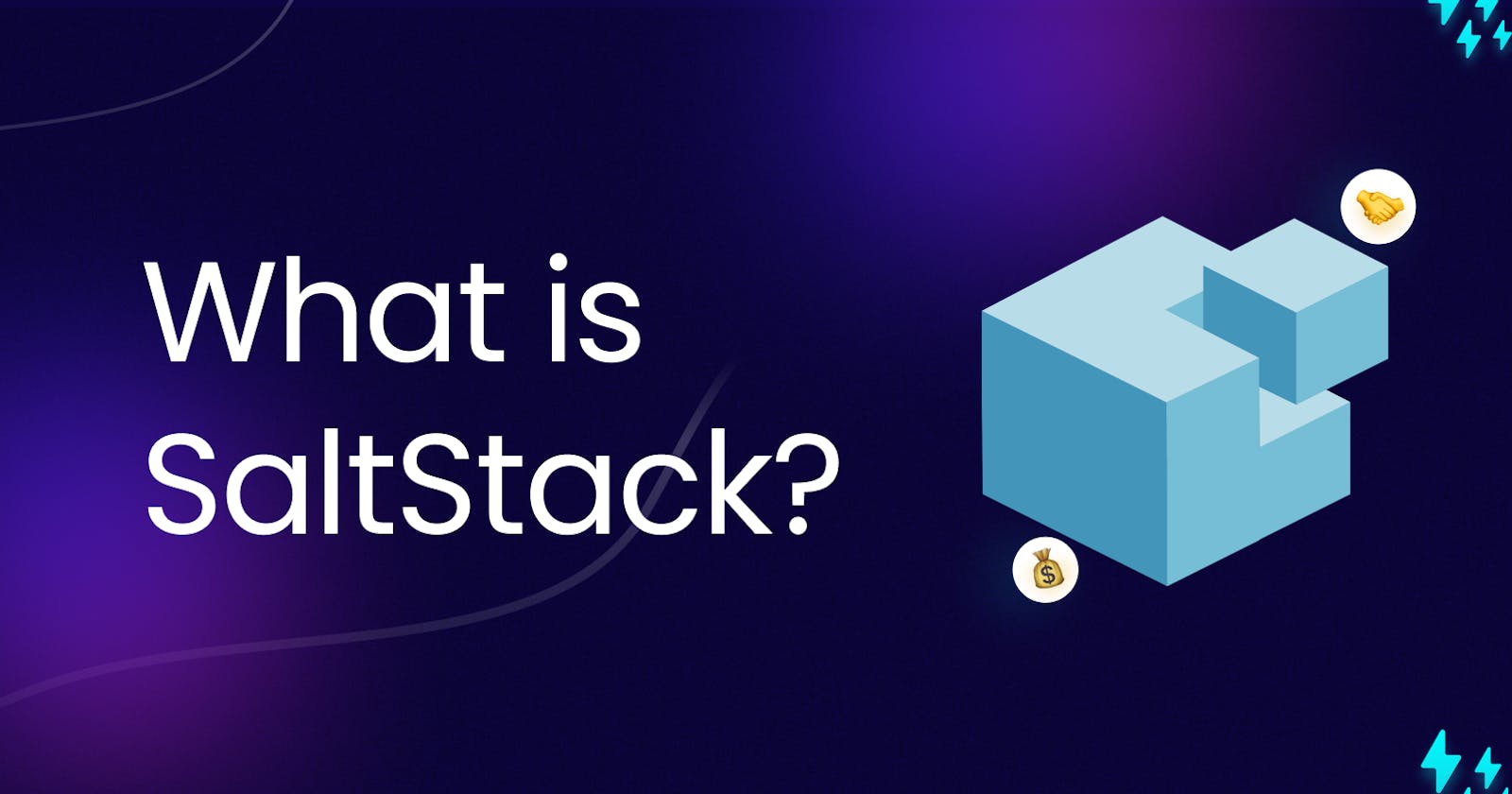Introduction to SaltStack
SaltStack, commonly known as Salt, is a powerful open-source automation and configuration management tool. It was created by Thomas Hatch in 2011 and has since gained popularity in the DevOps community. SaltStack is designed to automate the provisioning, configuration, and management of IT infrastructure, making it easier for organizations to maintain consistency and scalability across their systems.
Key Concepts in SaltStack
Minions and Masters: In SaltStack, the managed nodes are referred to as "minions," and the central control server is called the "master." The master is responsible for sending commands and configurations to the minions, which execute them and report back to the master.
State Management: SaltStack uses a declarative language called "Salt State" to define the desired state of the infrastructure. Salt States specify how each minion should be configured and managed, allowing for version-controlled, consistent, and repeatable configurations.
Grains and Pillars: Grains are system details and metadata collected by the minions. Pillars are similar to grains but allow users to define more specific configuration data, such as passwords or secrets, that should be kept separate from the state definitions.
Execution Modules: SaltStack provides a set of built-in execution modules that allow users to execute various commands and actions on minions. These modules cover a wide range of functionalities, from package installation to service management.
Orchestration: SaltStack offers orchestration capabilities, allowing users to define complex workflows and sequences of actions that span multiple minions. This enables the automation of more intricate processes and tasks.
How SaltStack Works
Salt Master Setup: Users set up the Salt Master, which serves as the central control server. The master stores the Salt States, grains, and pillars and acts as the communication hub with the minions.
Minion Installation and Configuration: Minions are installed and registered with the Salt Master. Upon registration, each minion sends its system details (grains) to the master, allowing it to identify and categorize the minions.
Salt State Creation: Users define the desired state of their infrastructure in Salt States. Salt States are written in YAML format and describe how each minion's configuration should look.
Minion Execution: The Salt Master sends the defined Salt States and instructions to the appropriate minions. The minions apply the configurations and report back to the master.
State Enforcement and Reporting: The Salt Master enforces the desired state on the minions and ensures that they match the configurations specified in the Salt States. The master also generates reports and logs to track changes and monitor the infrastructure's health.
Benefits of SaltStack
Efficient Configuration Management: SaltStack's declarative approach to configuration management ensures that the infrastructure remains in the desired state, reducing manual errors and ensuring consistency across the environment.
Scalability and Speed: SaltStack's architecture allows for easy scalability and high-speed communication between the master and minions, making it suitable for managing large-scale infrastructures.
Flexibility and Customization: SaltStack provides extensive customization options, allowing users to define their Salt States, grains, pillars, and execution modules to match their specific use cases and requirements.
Orchestration and Automation: SaltStack's orchestration capabilities enable users to automate complex workflows and tasks, improving overall efficiency in managing the infrastructure.
Conclusion
SaltStack has emerged as a robust and efficient automation and configuration management tool for IT operations teams. By providing a declarative approach to infrastructure management, SaltStack ensures consistency, scalability, and automation, enabling organizations to meet the demands of modern IT environments. With its powerful features and active community support, SaltStack continues to be a go-to choice for DevOps teams seeking to streamline their configuration management and automation processes.
